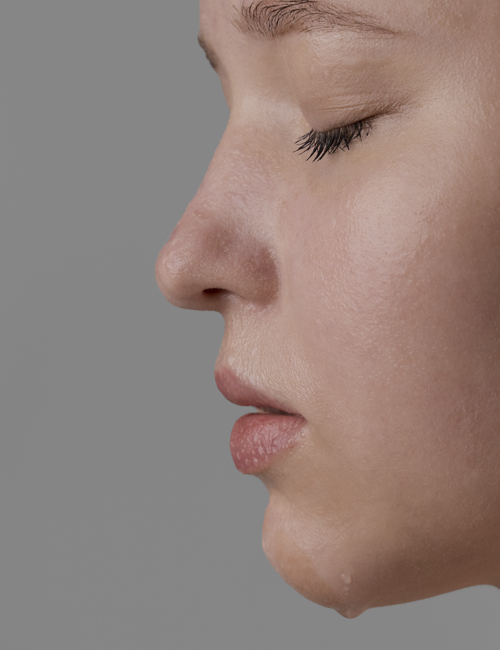Rhinoplasty
If you are unhappy with the shape and appearance of your nose, rhinoplasty may be the solution you are looking for. Rhinoplasty can be performed to address a wide variety of concerns you may have with the appearance of your nose. Rhinoplasty, also referred to as a nose job or nose reshaping, is one of the most commonly performed operations.

Rhinoplasty:
"Achieve the Perfect Harmony Between Your Nose and Face, Enhancing Your Natural Beauty with Every Breath"
The nose is the focal point of your face, and its shape can significantly influence your overall appearance. When the nose appears disproportionate or has features that don’t complement the rest of your facial structure, it can create a sense of self-consciousness, affecting both your confidence and self-esteem. Rhinoplasty, commonly known as a nose job, is a surgical solution to reshape and enhance the nose. Whether you want to refine the size, eliminate bumps, change the tip's shape, or correct asymmetry, rhinoplasty offers a way to achieve a more balanced and harmonious look that complements your other facial features.
In addition to cosmetic improvements, rhinoplasty can also address functional issues that affect breathing, such as correcting a deviated septum or chronic nasal congestion. This dual benefit of aesthetic enhancement and functional correction can lead to a healthier, more comfortable quality of life, including better sleep and easier breathing. Rhinoplasty is a customizable procedure that can be tailored to meet your specific needs, whether you're seeking a subtle refinement or a more dramatic transformation to enhance both your appearance and your overall well-being.
Goals of Procedures
- Enhance Facial Harmony:
The primary goal of rhinoplasty is to create a nose that is in better proportion with the rest of the facial features, improving overall symmetry and balance. - Refine the Size and Shape:
Rhinoplasty can address various aesthetic concerns, such as reducing a large nose, smoothing out bumps or humps, refining the tip, or narrowing wide nostrils. - Improve Nasal Function:
Beyond appearance, rhinoplasty can also correct functional issues, such as a deviated septum, nasal blockages, or chronic congestion, improving airflow and breathing. - Correct Birth Defects or Injuries:
Rhinoplasty can restore the nose’s appearance and function after birth defects or traumatic injuries, helping to restore both form and function. - Boost Self-Confidence:
By addressing physical concerns, rhinoplasty can enhance self-esteem and confidence, giving individuals a more satisfying and comfortable appearance. - Restore Proportions:
The procedure aims to not only reshape the nose but to ensure it complements other facial features, achieving a natural and proportionate look that enhances the individual’s overall appearance.
Procedure time
Typically takes 1.5 to 3 hours, depending on the complexity of the surgery and whether it is a cosmetic or functional procedure (or both).
Number of nights in hospital
Most rhinoplasty procedures are performed on an outpatient basis, meaning there is usually no need for an overnight stay. However, in some cases, especially if combined with other procedures or for specific medical reasons, an overnight stay may be recommended.
Recovery
Initial recovery typically involves swelling and bruising, which can last for 1 to 2 weeks. Most people can return to work or normal activities within 7 to 10 days. Full recovery, including the final shape of the nose and reduction of swelling, can take 6 months to a year, though the majority of swelling will subside in about 3 months.
Frequently Asked Question
Questions you might ask about our services.
The cost of a brow lift can vary significantly depending on factors like the degree of correction required and the specific techniques used. Our facial plastic surgeons will provide a personalized estimate based on your unique needs and goals.
Brow lift results are generally long-lasting, with benefits typically lasting 10-15 years or more, depending on factors like skin quality, lifestyle, and the natural aging process.
Common techniques include the endoscopic brow lift (minimally invasive with small incisions), coronal brow lift (using an incision along the hairline), and temporal brow lift (focusing on the outer brows).
Recovery usually involves some swelling and bruising, which subsides in about 1-2 weeks. Most patients can return to regular activities within 7-10 days, with full recovery in 4-6 weeks.
Incisions are typically placed within the hairline or natural creases, resulting in minimal, well-hidden scars that are usually unnoticeable once healed.







